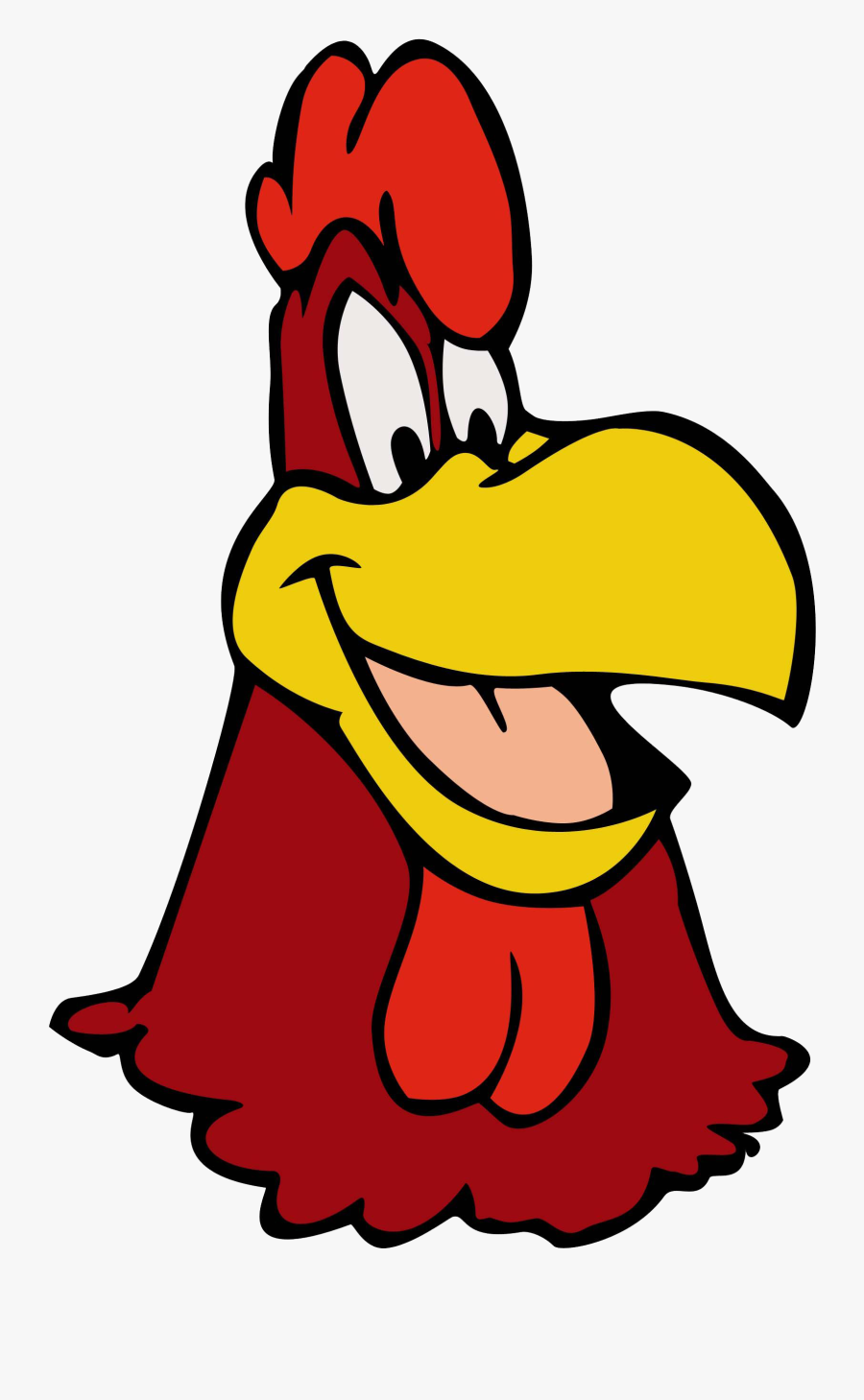Hi all,
Just to clarify, the signal starts from the guitar right? Am I correct in saying that a pedal that comes before another pedal would be closer to the guitar in the chain?
My main issue is I am having trouble understanding the reasoning behind why people tend to place some pedals before others in the signal chain.
I understand that you want to have delay and reverb after overdrive because you want reverb and delay affecting overdrive and not vice versa. This is making me think that all pedals that are in front affect all things that are behind in the chain.
However my confusion lies within a video I watched that basically said: if I wanted to emphasise certain frequencies from a distortion pedal, I should place it before the distortion pedal. This now tells me that all pedals affect everything after it which is the complete opposite of what I stated above about delay and reverb. It also says that if i wanted to boost frequencies on the guitars natural pickups sound, I should place the EQ pedal first in the chain. Wouldn't my EQ pedal affect the natural sound of the guitars pickups regardless of where it was in the chain? I also have the same issue with understanding where to place the noise suppressor pedal.
Please could someone explain how it works?
Just to clarify, the signal starts from the guitar right? Am I correct in saying that a pedal that comes before another pedal would be closer to the guitar in the chain?
My main issue is I am having trouble understanding the reasoning behind why people tend to place some pedals before others in the signal chain.
I understand that you want to have delay and reverb after overdrive because you want reverb and delay affecting overdrive and not vice versa. This is making me think that all pedals that are in front affect all things that are behind in the chain.
However my confusion lies within a video I watched that basically said: if I wanted to emphasise certain frequencies from a distortion pedal, I should place it before the distortion pedal. This now tells me that all pedals affect everything after it which is the complete opposite of what I stated above about delay and reverb. It also says that if i wanted to boost frequencies on the guitars natural pickups sound, I should place the EQ pedal first in the chain. Wouldn't my EQ pedal affect the natural sound of the guitars pickups regardless of where it was in the chain? I also have the same issue with understanding where to place the noise suppressor pedal.
Please could someone explain how it works?





Comment